Gluteal pain: Causes, Symptoms, Diagnosis, Treatment
Gluteal pain are occurs mostly due to overuse of muscle pain to minor muscle strains or infections or injuries, there are too many causes of pain that require proper diagnosis and treatment and mostly relieved with rest, medical treatment, and Physiotherapy exercises.
- The patient feel the pain in the gluteal region means buttock pain consists of the Gluteal muscle pain.
- Most commonly, in the gluteal muscle pain is due to the local trauma from falls /direct blows.
- But other muscles, nerves & bursae in the gluteal region also produce buttock pain like Hip rotator muscles, Sciatic nerve & Ischial bursa
- Most commonly pain is decreased with the RICE principle & medication.
- After that do some exercise & return to normal life.
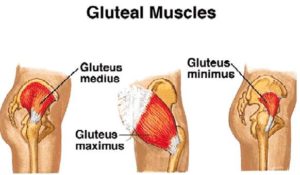
Table of Contents
What is the Gluteal muscle?
- The gluteal muscles are also called the glutes which are a group of the three muscles which is made by to gluteal region & commonly known as the buttock.
- This gluteal region is an anatomical area that is located posteriorly to the pelvic girdle.
- These three muscles of gluteal region are the gluteus maximus, gluteus medius & gluteus minimus.
- These three muscles originate from the ilium&sacrum & insert on the femur bone.
- The functions of these muscles include abduction, extension, external rotation -ER, & internal rotation – IR of the hip joint.
What are the causes of gluteal pain?
- If so the gluteal contusion is produced to bruise to the muscle area.
- Another cause is A gluteal muscle strain which is a do stretch/partial tear of the muscle&tendon.
- If the occurs Trauma in this region by a fall/a direct blow to the buttock area, causes most of the gluteal pain.
- Overuse injuries of the hip joint are the cause of inflammation & damage to the gluteal muscles.
- Falls are a common cause of gluteal/buttock contusion.
- In patients who are anti-coagulated on blood thinners which is a large amount of bleeding occurs within & around the muscle, causing significant pain or swelling.
- Gluteal muscle & tendon strains occur because of overuse injuries which occur usually with the hip joint. another cause is if the patient does Repetitive motions like squatting & lifting at work which is produce Inflammation surrounding the hip joint.
- In athletes, most of the causes are hip bursitis.
- Injuries on the gluteal region occur due to over-training, mostly with weightlifting & squats.
Symptoms of the Gluteal muscle injury:
- All the injuries produce Pain in the gluteal region.
- This pain is different in every case of intensity, duration, location & aggravating/relieving factors.
- Falls/direct blows to the buttock are produced by bleeding, inflammation & swelling.
- This condition also leads to pain & the patient feels difficulty sitting on the buttocks/standing & walk normally because of the decreased ROM = range of motion of the hip joint.
- When the gluteal muscles are inflamed, the movement of the hip joint produces pain.
- Because of bleeding, it is seen the deep & not immediately apparent on the surface of the skin,
- In the inflammation occur causing the buttock to feel swollen, warm & become to slightly red.
- Tenderness is present in the area of the gluteal region.
- Sometimes spasms are also present in the gluteal region due to overuse activity.
What is diagnosed for gluteal muscle pain?
- First, the healthcare provider assesses the area of the pain.
- History is the first important step which is to help healthcare providers for making a diagnosis.
- History includes how the injury to the gluteal region,
- Is this acute or chronic injury depends on the time of injury.
- Is there present any fracture & tear of the muscle.
- Is there patient can walk & present the sensation of numbness type of symptoms in the leg
- In the observation part, observe the swelling in the area of pain.
- Also, observe the redness in the area of the pain.
- In the palpation part, palpate the swelling
- Check the temperature of the area of pain, it might be warmth due to inflammation.
- Check the tenderness in the area of pain.
- On the examination part, check the ROM of the hip joint might be is reduce due to the pain.
- Also, check the strength of the muscle of the hip joint.
- X-rays help see the fractures of the hip joint, pelvis & lumbar spine.
- Ultrasound is helpful for the large collection of blood deep in the gluteal muscle & used to check the infection in the gluteal region.
What is the treatment for gluteal muscle pain?
- In the early faces of RICE principle was used to relieve pain.
- R – rest = Mostly advised resting to the patient for sometimes.
- I – ice = Applied ice for 20 minutes on the area of pain, the patient is used to an ice pack or frozen peas of ice.
- C – compression = Applied to the pillow for the compression which is used for relieving the swelling.
- E – elevation – Do the elevation for the area of pain due to the applied pillow under the feet.
- Most of the muscle pain in the gluteal region is decreased & healed with time.
- A rubber doughnut is used to decrease the pain of the sitting position on a swollen buttock or gluteal region.
- If the patient presents with an abnormal gait pattern so the physiotherapist is taught gait training to the patient.
- In some conditions, health care provided advice on steroid injections.
- Using ultrasound /a long needle is used near the injury site so that the injected steroid is directed at the site of inflammation.
- Surgery is not commonly considered but surgery is needed when nonsurgical treatments are failed.
- Torn muscles also need to be repaired.
Electrotherapy Treatment
- In the electrotherapy applied to US – ultrasonic therapy on the tender pain for the reduction of swelling & pain.
- Applied IFT – Inferetinal therapy for the reduction of pain.
- Applied SWD – short wave diathermy to reduce pain and muscle spasms.
- If in the patient radicular symptoms present applied to TENS (trans-cutaneous electrical nerve stimulation) the relieves the radicular pain.
What is stretching for gluteal muscle pain?
- Gluteal stretch
- Lying Deep Gluteal Stretch
- Groin and long adductor muscle stretch
- Seated figure-four stretch
- Seated glute stretch
Gluteal stretch:
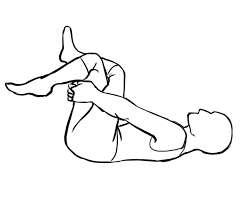
- The starting position for the exercise is the supine position.
- The patient is Lying down onto the back after that lift to the knee joint & cross to the right ankle joint over to the left knee joint.
- Then Grip the left thigh gently.
- Pull the hip joint in towards the chest.
- Hold this stretching position for 30 seconds.
- Then repeat this stretching on the other leg.
- Do this stretching 3 times in 1 session.
- Then do the 3 sessions per day.
Lying Deep Gluteal Stretch:
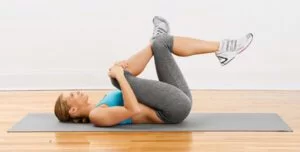
- The starting position for the exercise is supine position.
- the patient is lying on the back with the legs being too bent.
- then Raise to the right ankle joint & rest the right ankle onto the left knee joint.
- then Using both hands lace with the fingers behind the left thigh & gently pull it toward the patient,
- keep the head & back on to the floor.
- Hold this stretching position for 20 to 30 seconds.
- then Repeat this exercise with the other leg.
- do this stretching 3 times in 1 session.
- then do the 3 sessions per day.
Groin and long adductor muscle stretch:

- The starting position for the exercise is the sitting position.
- The patient is Sitting down on the floor with the legs are spread out too far as the patient so that is straight in front of the body.
- Place the hands onto the floor in front of the body onto the floor & angle the torso toward the floor.
- Lean-to the forward, leaving the elbows on the floor.
- Hold the position for 30 seconds.
- Stop this stretch if they feel any pain.
- Do this stretching 3 times in 1 session.
- Then do the 3 sessions per day.
Seated figure-four stretch:
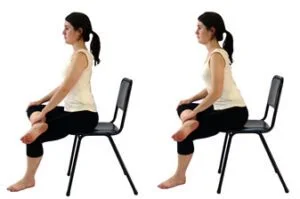
- This is also known as the Seated Pigeon Pose.
- Starting position of the exercise is the sitting position.
- The patient is sitting upright in a sturdy chair.
- Place the right ankle on the left thigh, just above the knee joint.
- Then Place the hands on the shins.
- After that Keep the spine straight & then lean slightly forward to deepen the stretch.
- Hold for the stretching position for 30 seconds & do the 3 times in 1 session.
- Then Return to the starting position of the stretching.
- After that Repeat with the other leg.
- This stretching is also done in sitting on the floor & standing position.
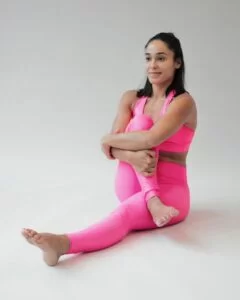
Seated glute stretch:
- Starting position of the exercise is the sitting position.
- Sit on the floor & extend your legs in front of you.
- Keeping the back straight, lift the left leg.
- Place the left ankle joint on the right knee joint.
- Then Lean-to slightly forward &feel the patient deepen the stretch.
- Hold this stretching position for 30 seconds & do the 3 times in 1 session.
- Repeat this stretching on the other side.
- Do the 3 times in 1 session.
Strengthening exercise for gluteal muscle pain
- Buttocks
- Knee to the opposite shoulder
- Side Leg Raises
- Prone Straight Leg Raises [ hip extension ]
- Glute bridge with band
- Seated hip abduction with resistance band
- Spiky ball roll on glutes
- Bridges
- Knee to Chest
- Downward-Facing Dog
- Pigeon Pose
Buttocks:

- The starting position for the exercise is supine.
- Patient Lay on the back.
- Then bring the affected leg up to the right angle.
- Grasping to the with the help of both hands behind the thigh.
- Then locking to the fingers of the head.
- Do the take unaffected leg & place the ankle joint against the knee joint.
- This exercise Repeat to the opposite sides.
- Do this exercise 3 times in 1 session.
- Then do the 3 sessions per day.
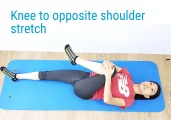
Knee to the opposite shoulder:
- The starting position for the exercise is the supine position.
- The patient is lying on the back with both legs are extended & feet flexed upward.
- Then Bend to the right leg & clasp both hands around to the knee joint.
- After that Gently pull the leg across to the body toward the left shoulder.
- Hold this exercise position for 30 seconds.
- Push the knee joint so that the leg is returned to the starting position.
- Do this exercise 3 times in 1 session.
- Then do this exercise 3 sessions per day.
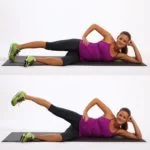
Side Leg Raises [ hip abduction ] exercise :
- The starting position for the exercise is the side-lying position.
- The patient is lying on one side with the legs stacked.
- The patient is Bend to the bottom leg for support.
- Then Straighten to the top of the leg and maybe upraise to 45 degrees.
- Hold this exercise position for 10 seconds & then relax.
- Then Repeat this exercise 10 times in the 1 session.
- Do this exercise in 3 sessions per day.
Prone Straight Leg Raises [ hip extension ] exercise :

- The starting position for the exercise is the prone position.
- Patient Lie flat on the stomach.
- Must be Keep the legs straight.
- Then Tighten to the muscles in the bottom & then the hamstring muscle of the one leg.
- One leg is lifted toward the ceiling.
- Hold this exercise position for 10 seconds.
- Repeat this exercise 10-15 times in 1 session.
- Do this exercise in 3 sessions per day.

Glute bridge with a band:
- The starting position for the exercise is the supine position.
- Place a small & tight resistance band around the calves.
- The patient is Lying on the back & lifting the hips.
- Must be Keep tension in the band & tap the hip joint down to the floor before raising the hip back up again.
- This is important to keep the spine straight & do the movement from the hip joint.
- Repeat this exercise 10 times in 1 session.
- Do this exercise in 3 sessions per day.
Seated hip abduction with resistance band:
- Starting position is the sitting position.
- The patient is Sitting on the floor & placing the resistance band around the calves.
- Bend the knees joint & keep feet on the floor.
- Then Place the hands slightly behind the patient.
- Must be Keep the back straight back & press the legs out to the sides as they externally rotate the hip joint.
- Then Gently & with control, bring the legs back together.
- Repeat this exercise 10 times in 1 session.
- Do this exercise in 3 sessions per day.
Spiky ball roll on glutes :
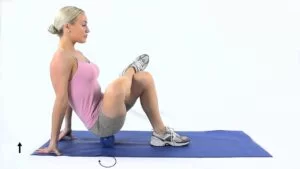
- The starting position for the exercise is the supine position.
- Use the spiky ball to roll out the tight muscles into the buttock.
- Then Roll the ball around to the fleshy part of the buttock for 30 seconds 1 time.
- Do this exercise 10 times in 1 session.
- Perform this exercise in 3 sessions per day.
Bridges :
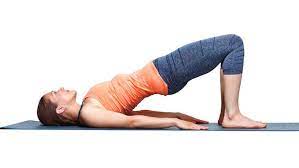
- The starting position of the patient is in the supine position.
- The patient is Lying on the back with the knees bent.
- Then patient feet are touching the floor.
- After that Raise the hips toward the ceiling.
- Must be kept to back into the straight line with the knees joint & shoulders joint.
- Hold this exercise position for 10 seconds.
- Do this exercise 10 times in 1 session.
- Perform this exercise 3 sessions per day.
Knee to Chest :
- Starting position is supine.
- Lie onto the back.
- Starting with the left or right knee.
- Use the hands to gently pull by to the bent knee toward the chest.
- Hold for 10 seconds.
- Repeat this knee-to-chest exercise with the opposite knee.
- Repeat this exercise 10 times per session & 3 sessions per day.
Downward-Facing Dog :

- Start this exercise with on to the hands & knees.
- Then Press into the hands as far as to the lift of the hip joint toward the ceiling.
- Drop the head down to bring the ears into the line with the upper arms & chin all the way into toward the chest.
- Bend to the knee joint for the tilt of the pelvis slightly forward.
- Then move to the body through to any variations of the feel for the appropriate.
- Hold this yoga pose for up to 1 minute.
- do this yoga pose 3 times a day.
Pigeon Pose:
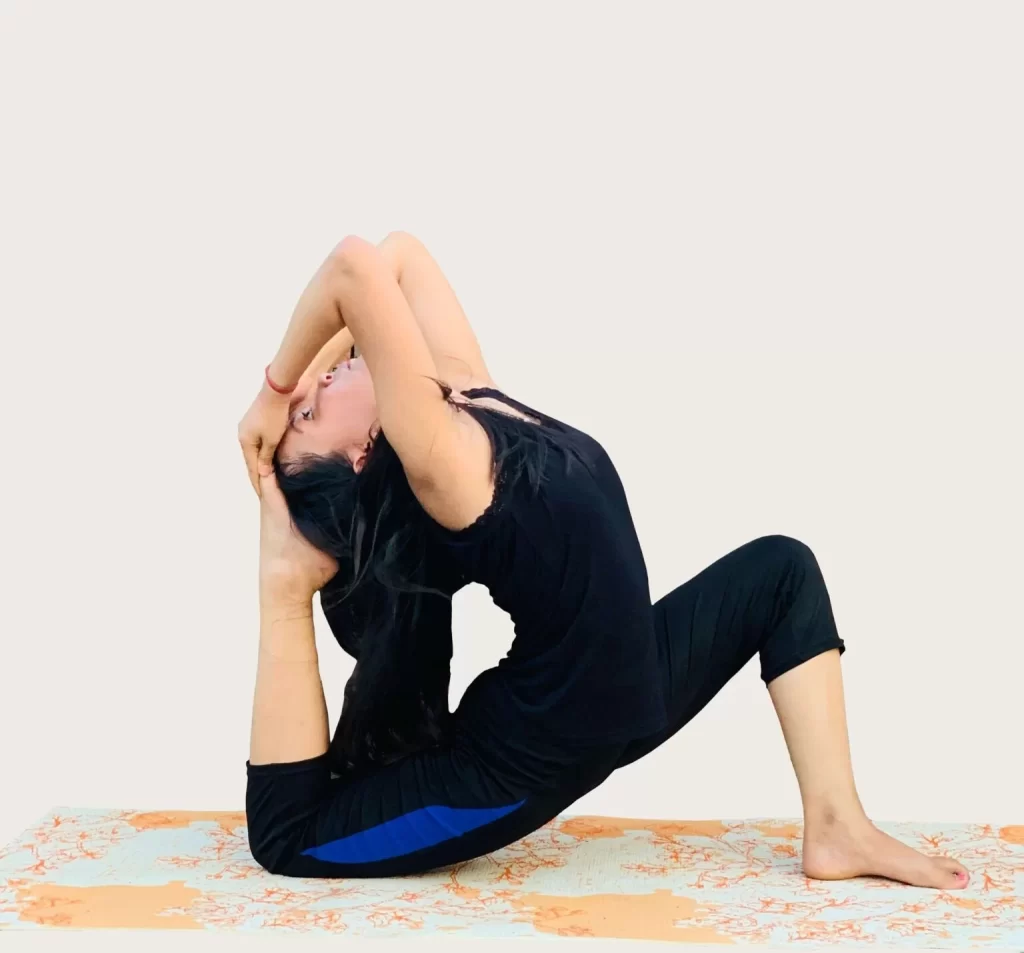
- Starting with all fours limb.
- Move the right knee joint toward to right wrist then place the shin on the floor.
- Then Move to the right ankle toward to left wrist.
- Slide the left leg back, point the toes & keep the hip joint facing forward.
- Then Extend the spine.
- Gently walk the hands forward.
- Hold this position for 5–10 breaths.
- Then Return to the starting position.
- Switch the legs & repeat.
- Do this yoga the 3 times per day.
What is the prognosis & recovery time for gluteal muscle pain?
- Most traumatic gluteus injuries which are the cause of the pain resolve on their own with time & conservative therapy, but it depends on the type of injury which is measured in weeks, not in days.
- Overuse injuries of the gluteal region take to a longer time to heal, but the goal of the treatment of gluteus muscle pain is to return the patients to their normal level of function.
Is it possible to prevent gluteal muscle pain?
- Yes, it is possible to prevent gluteal muscle pain.
- For the prevention People must be avoided accidental falls.
- So that must be worn to important good footwear.
- In the elderly patients must be taken of the balance issue.
- Warming up & cool down, then stretching before any activities which are helping to decrease the injury risk.

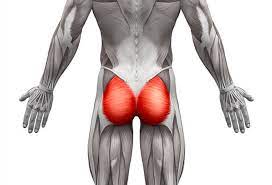
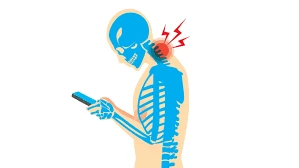
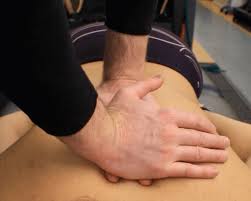
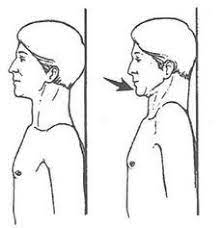
I noticed that I stoop and bend improperly. One leg (the side that is bending) to allow the other leg to extend back. Think of a golfer that picks up a golf ball. They always extend a back leg to stop the strain of the lower back and the gluteal muscles. I learned that my refrigerator and cupboards that are low has me bending and stooping a great deal. I have Inferior Gluteal pain and fullness. A patch works sometimes, but my body mechanics are key to this problem. Exercises help a lot but are uncomfortable at first.
Good Luck!